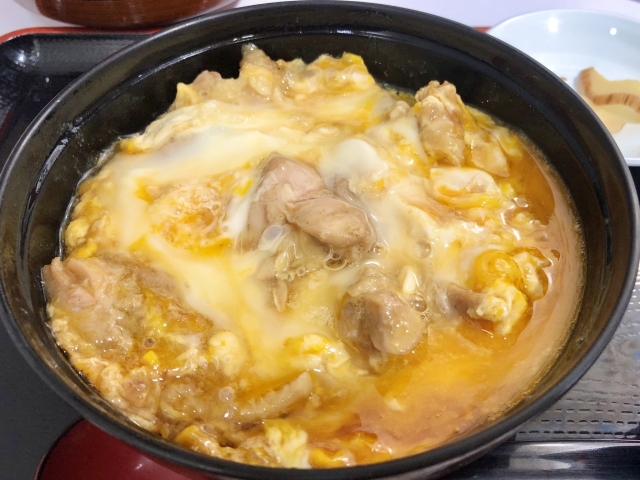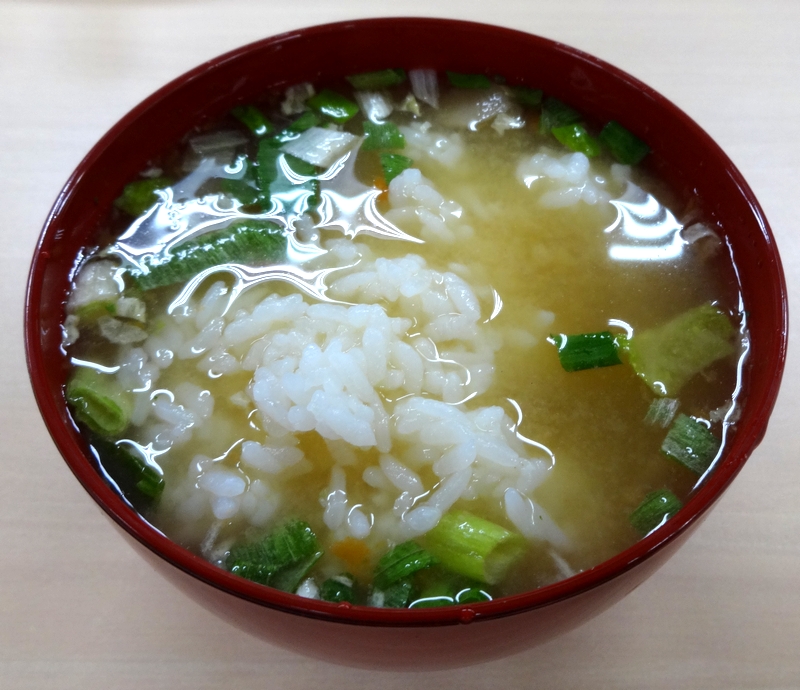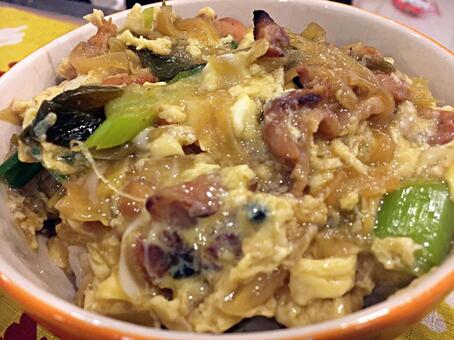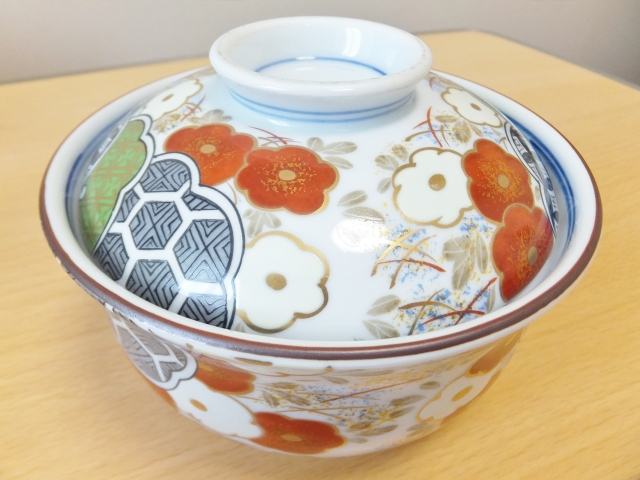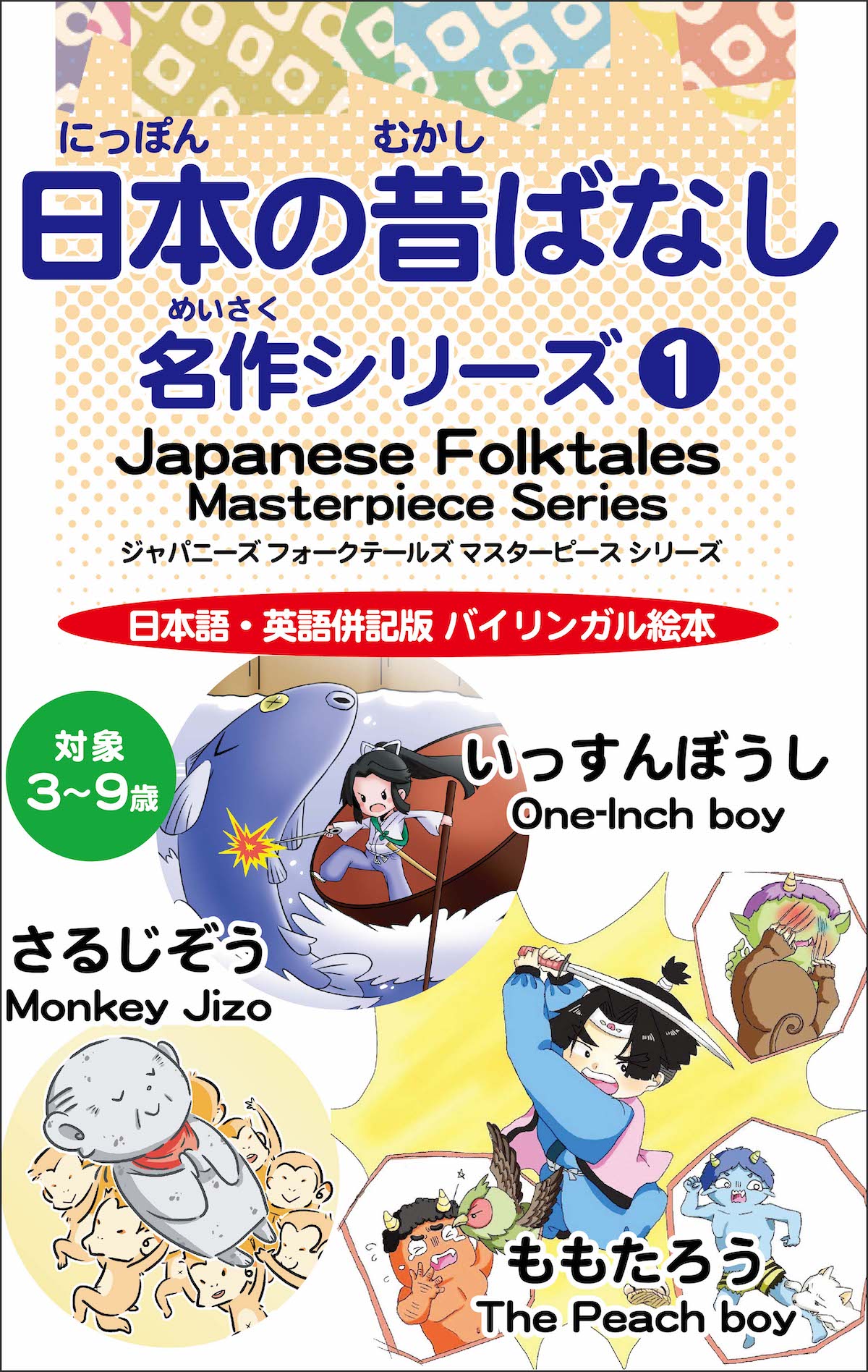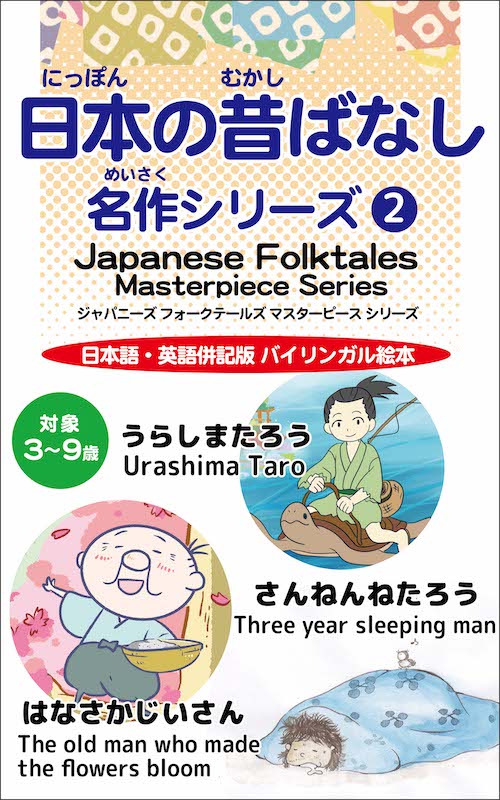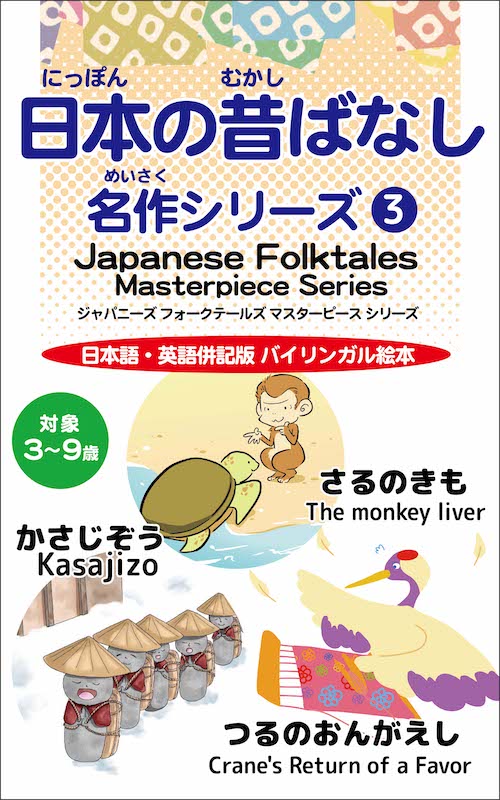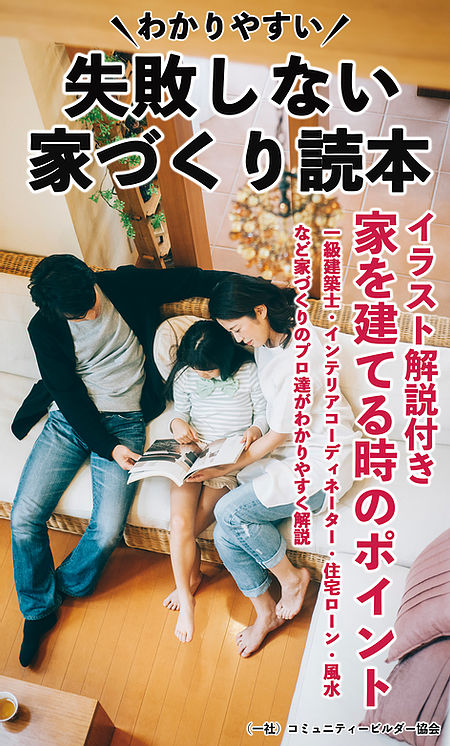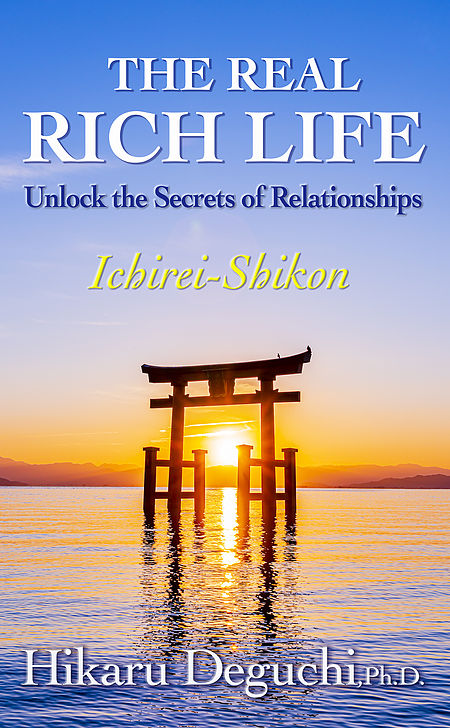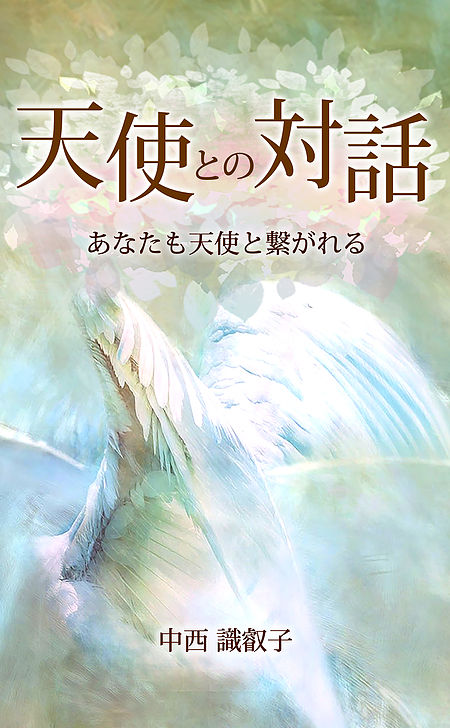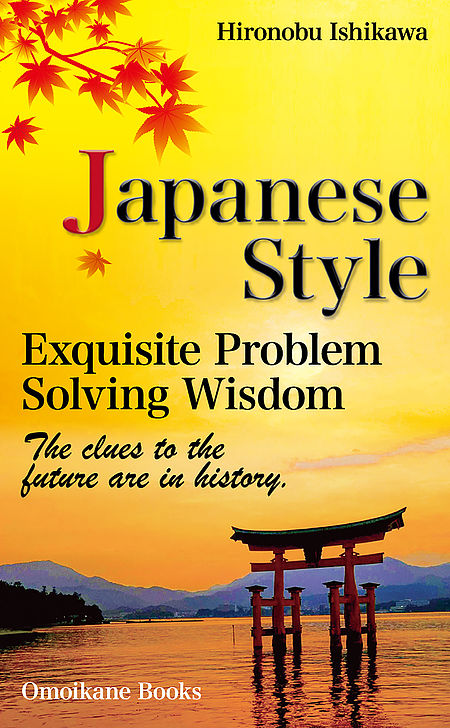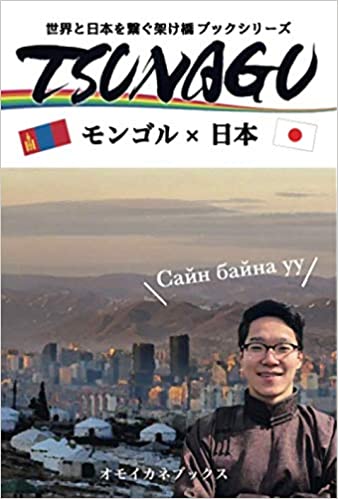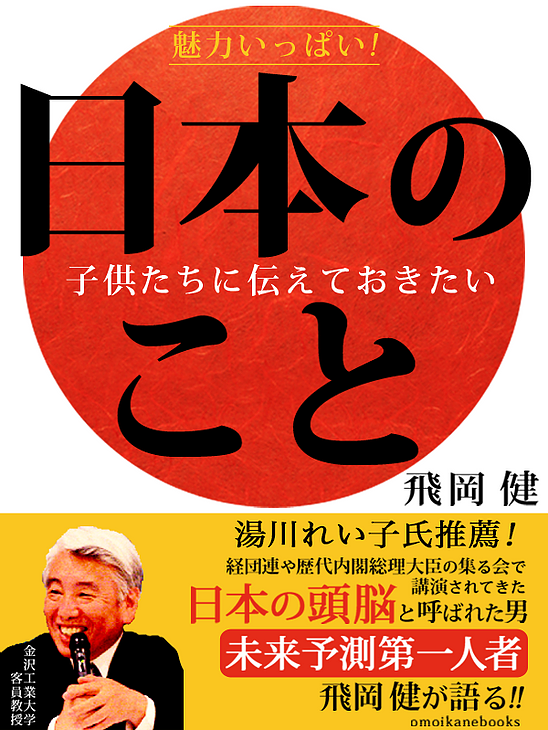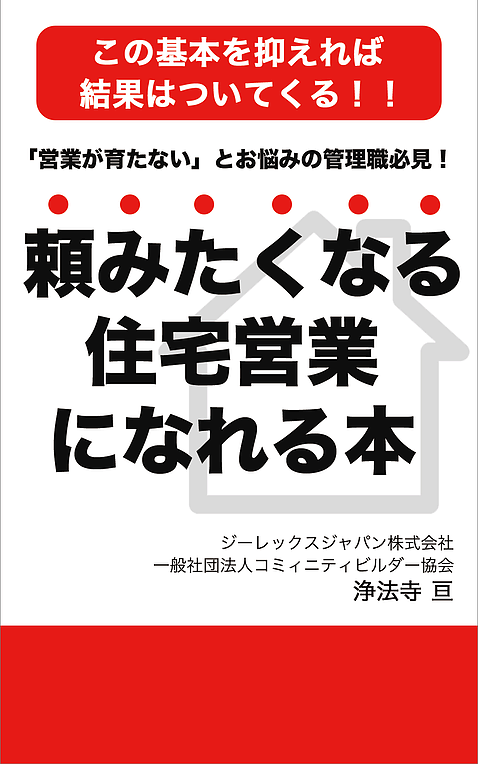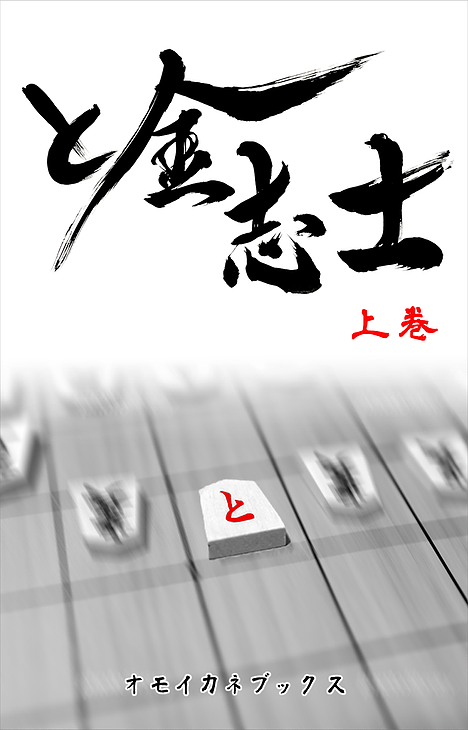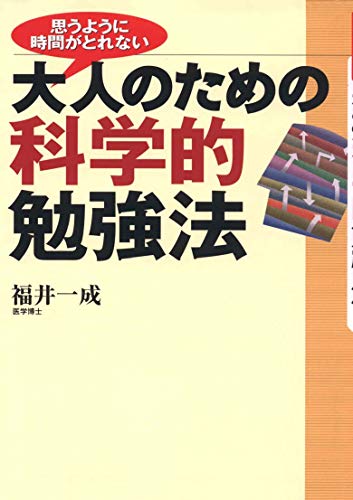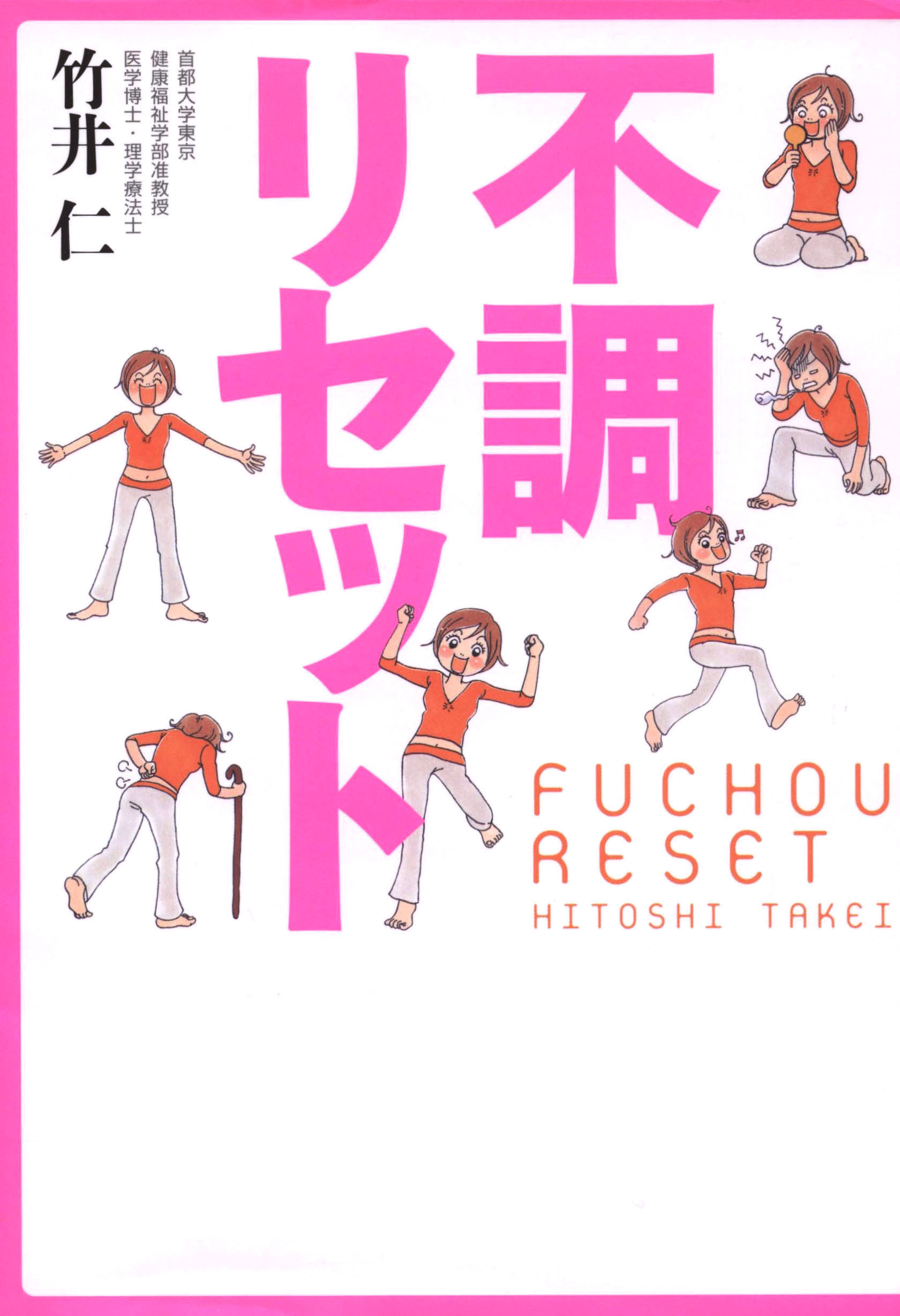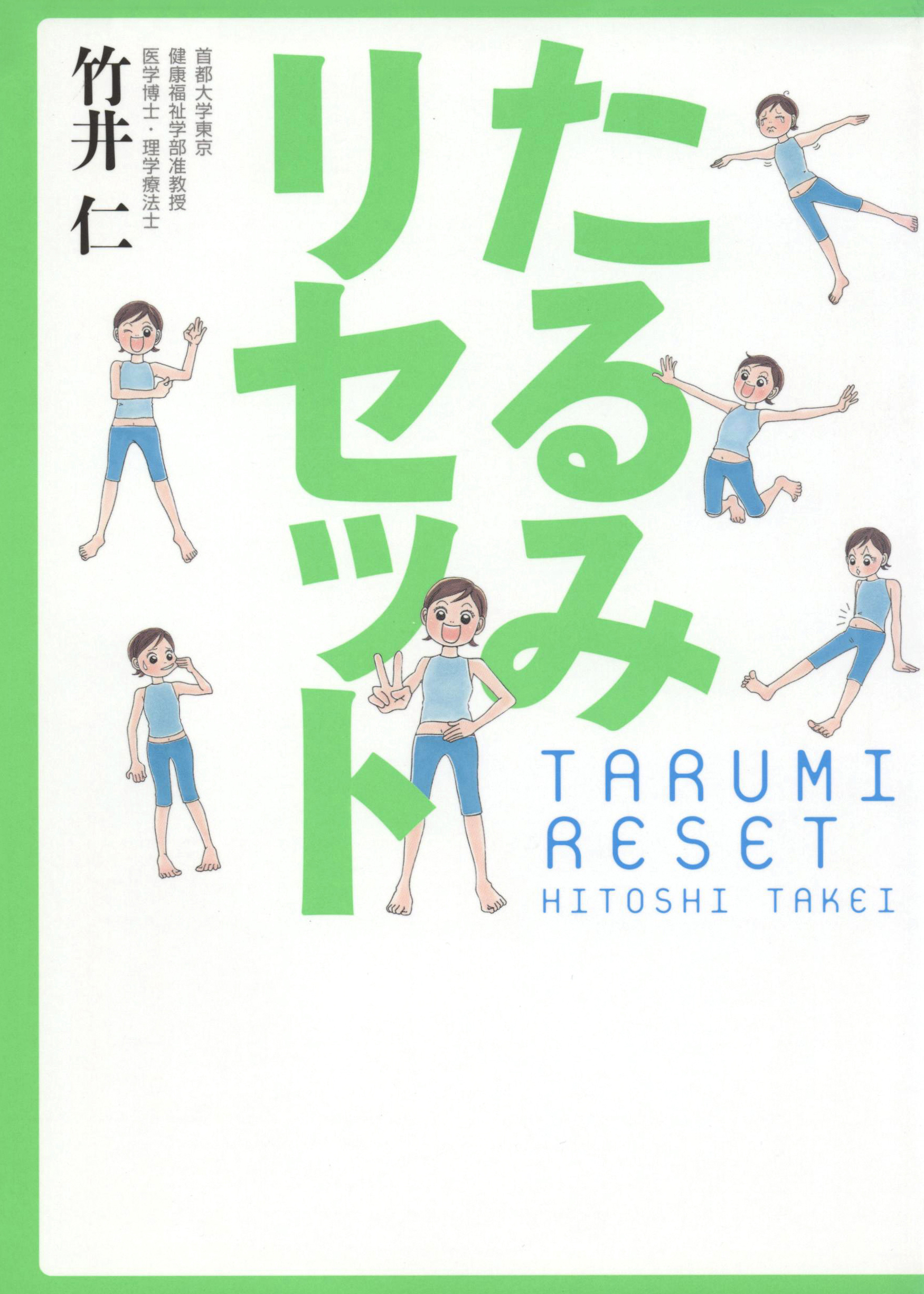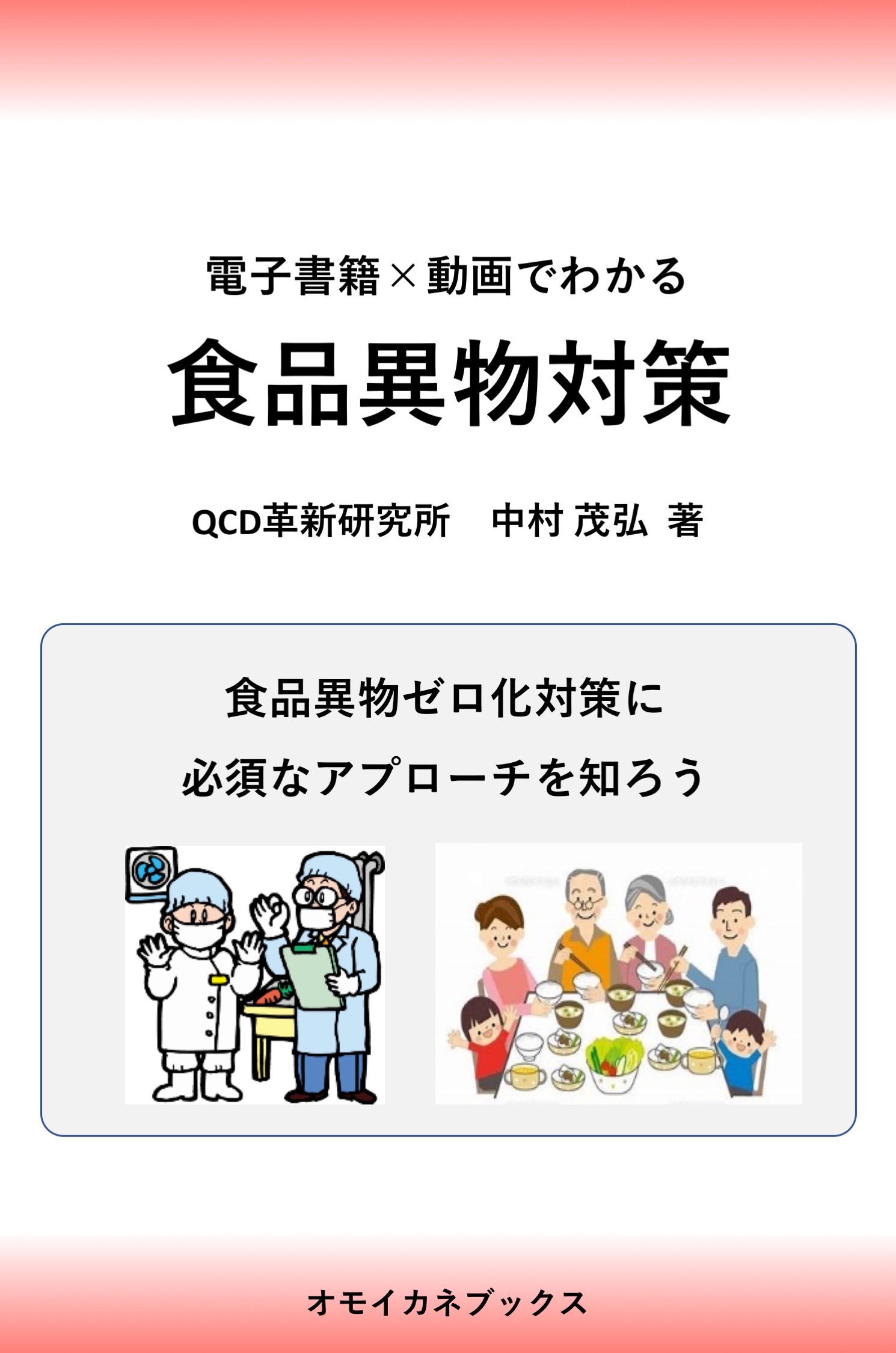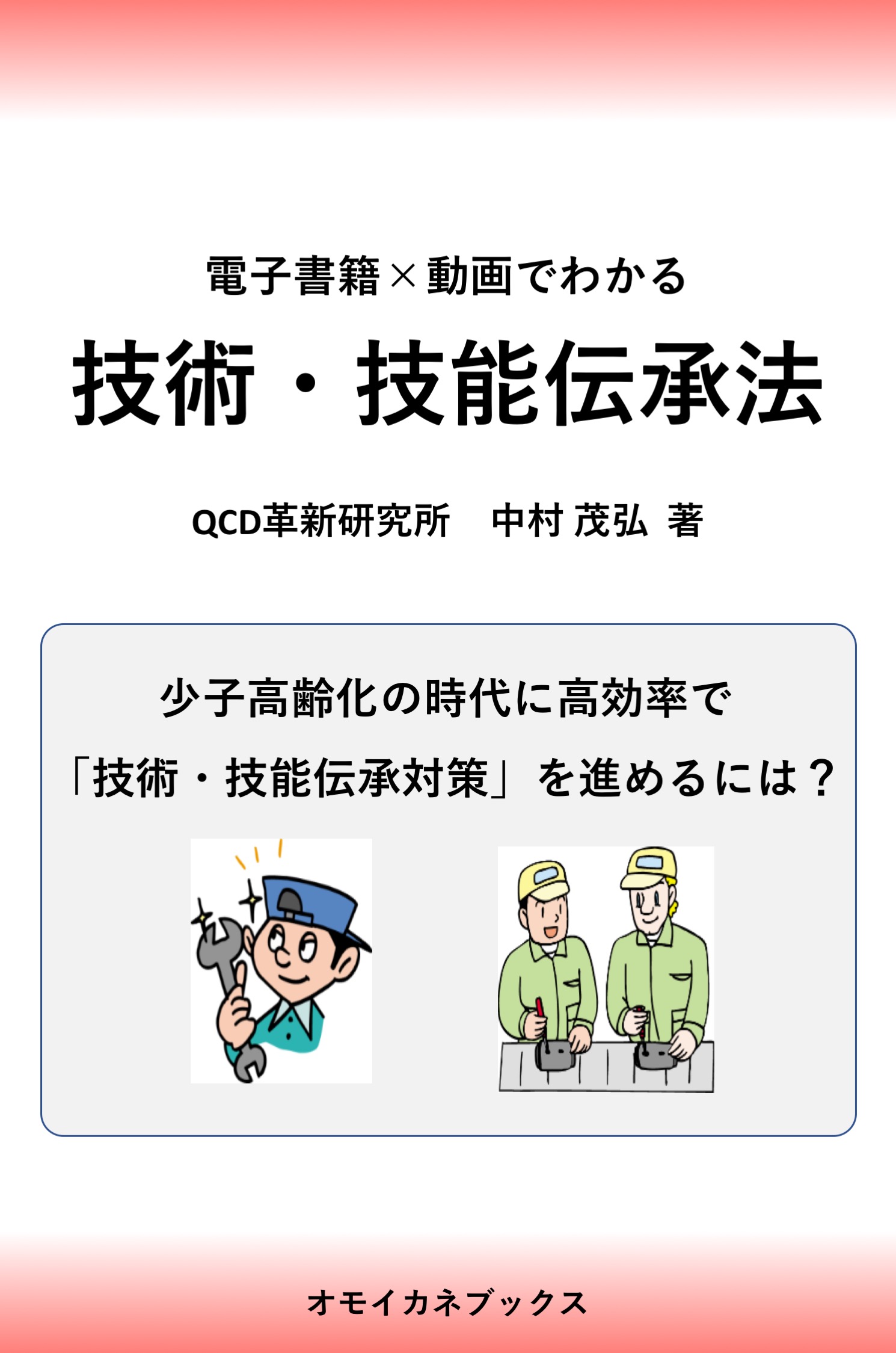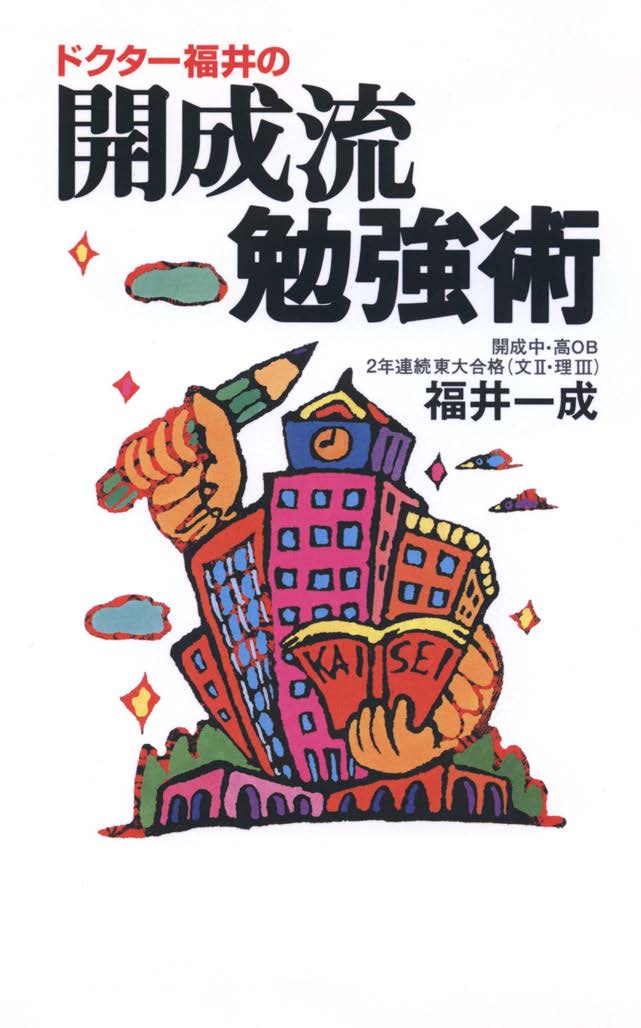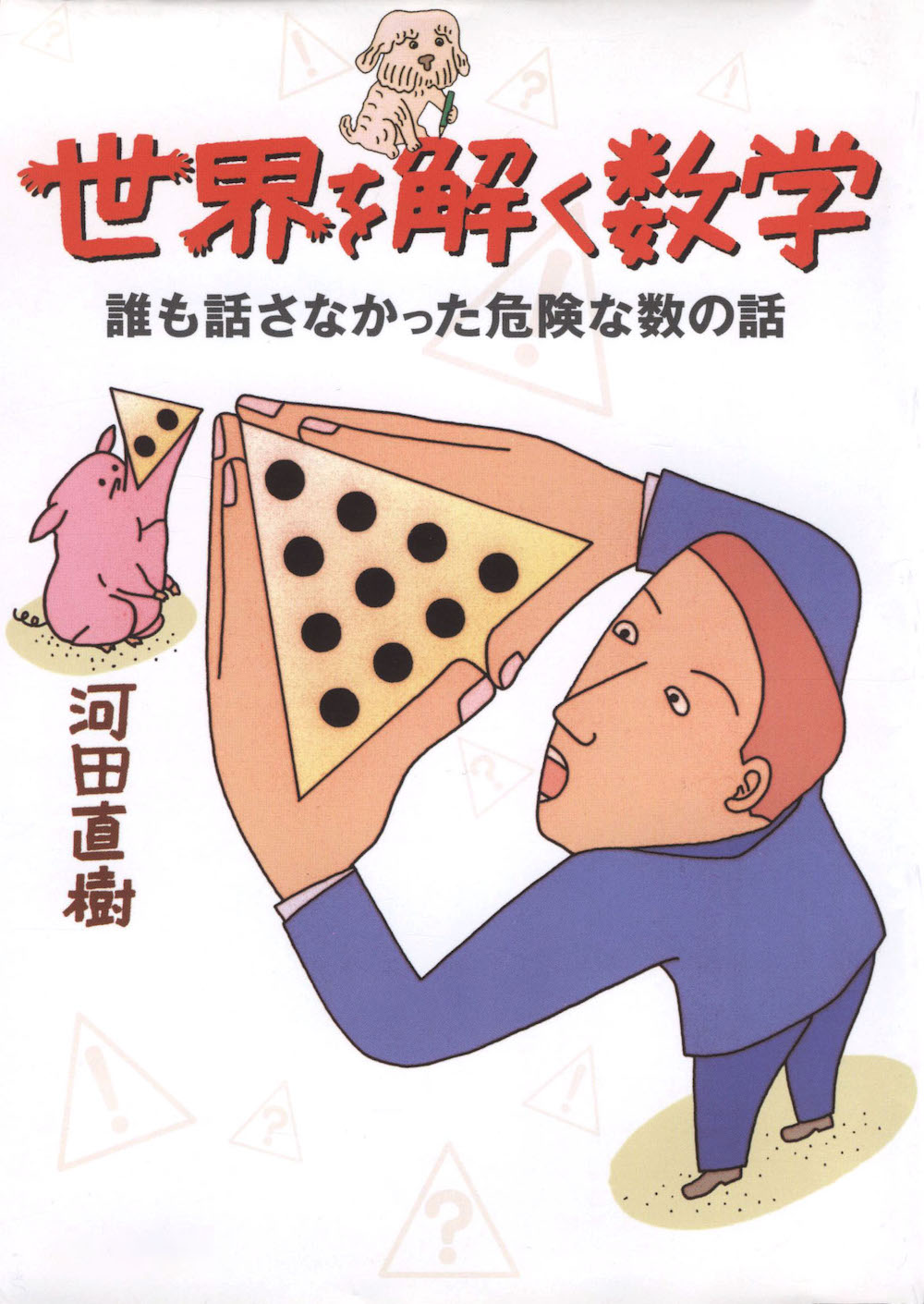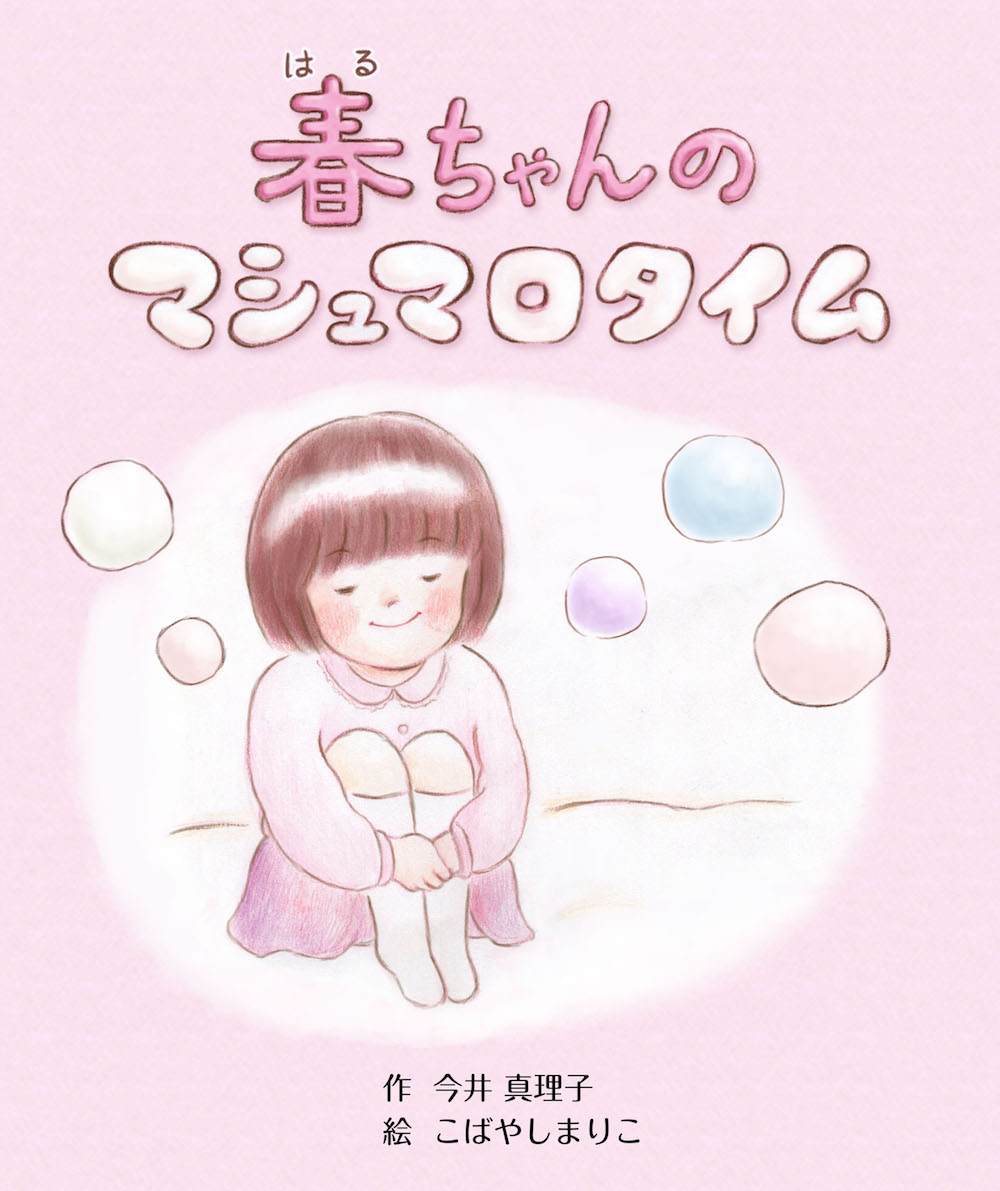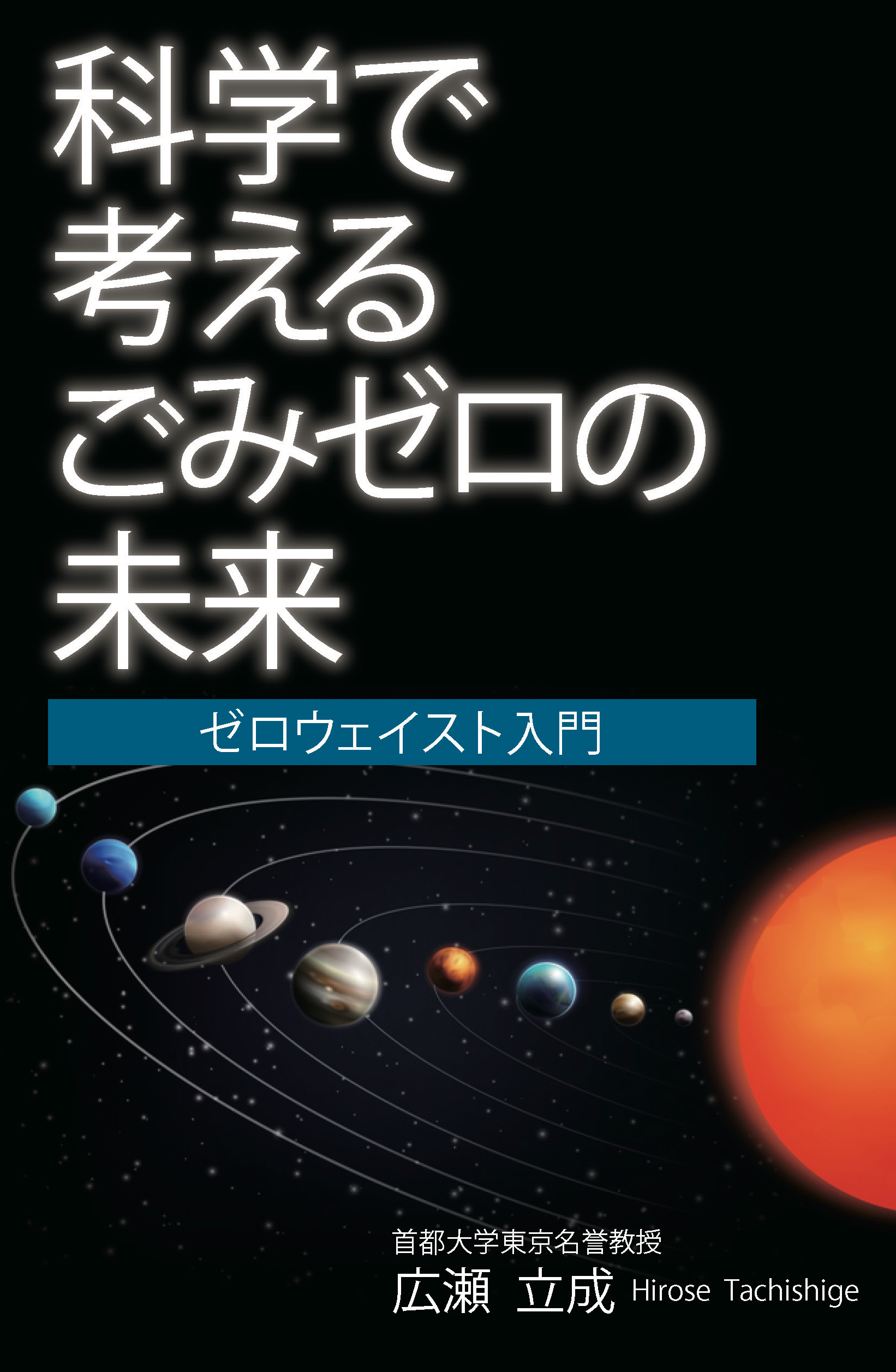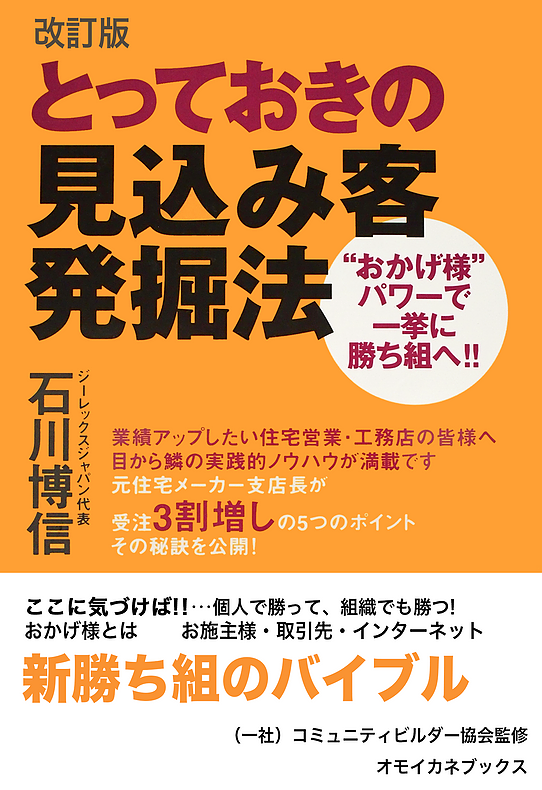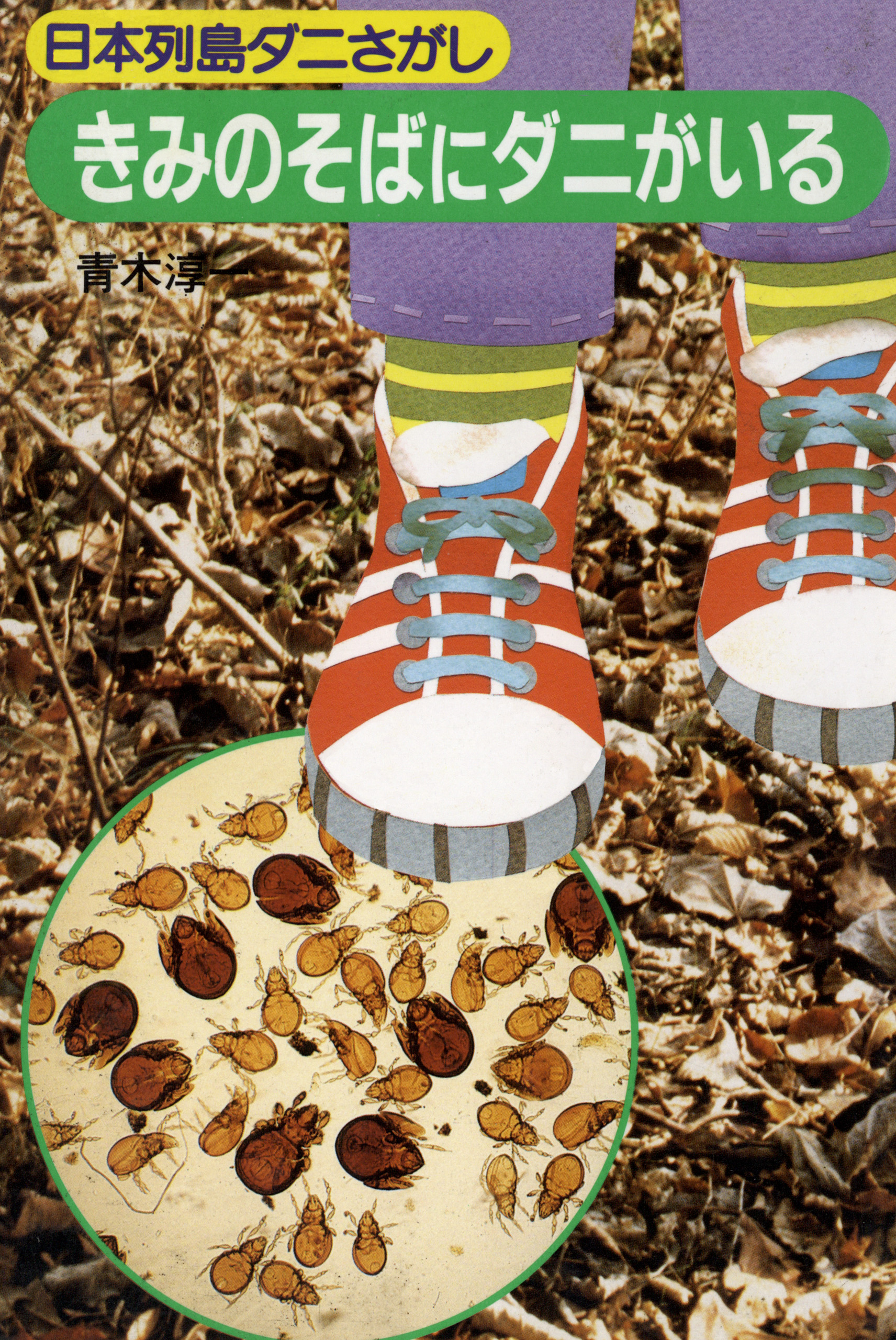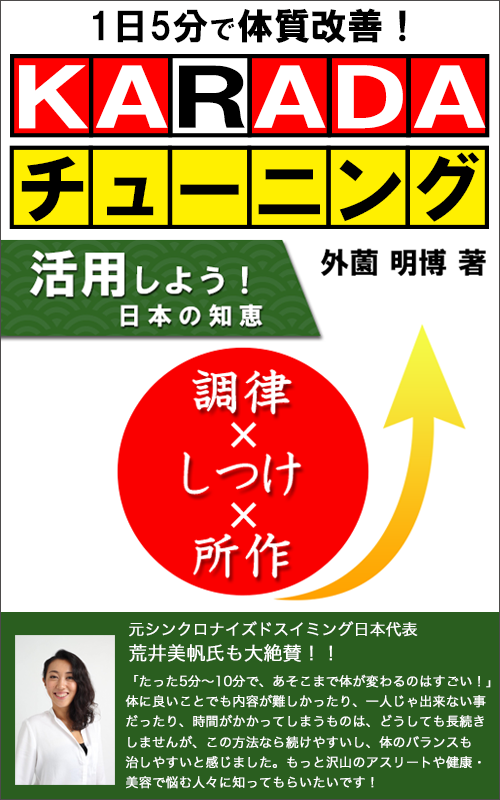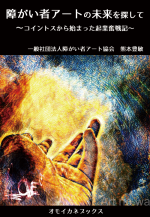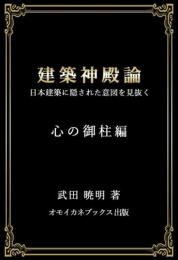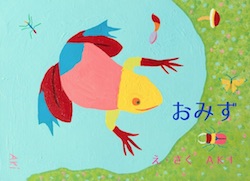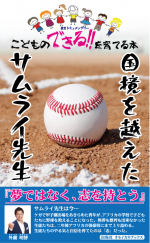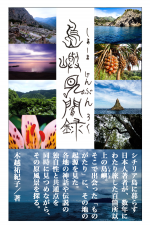現代文化のルーツを探る⑯ 丼もの
公開日:
:
最終更新日:2021/03/05
現代文化のルーツ
【English after Japanese】
皆さんこんにちは。オモイカネブックスの岩瀬です。
オモイカネブックスは、日本文化や日本精神、日本のアートを世界に発信する出版メディアとして活動しています。
僕は時折無性に親子丼が食べたくなります。
ご存知の通り、親子丼は鶏肉と玉ねぎを甘く煮て玉子でとじたアレです。
日本には丼ものと呼ばれる料理がたくさんありますね。親子丼、カツ丼、天丼、牛丼、鉄火丼、海鮮丼、そして他人丼まで。親子があれば他人もある。肉、魚、野菜を使って、実に様々な丼料理を開発している日本人。丼ものに対する日本人の発想力はすごいですよね。
さてこの丼もの、一体いつ頃から食されているのでしょうか?そのルーツを探ってみましょう!
丼ものの歴史には諸説がありますが、室町時代に流行った「芳飯(ほうはん)」という汁かけご飯が起源となっていると言われています。芳飯はご飯の上に野菜や魚を刻んで乗せて、その上から味噌汁を注いで食べたもので、室町時代の僧たちが食べ始めた「法飯」が起源とされています。僧たちの間では精進料理として、肉類は入れず野菜のみを具として食べられていたそうです。この頃は当然カツ丼や親子丼、牛丼はありません。また丼ものは庶民のメニューとされ、上流階級の人々はご飯と具材は別々に食べるのが原則だったようです。
時は流れて江戸時代。この頃になると本格的に現代のような丼ものに発展します。江戸時代に入ると、短気で忙しい職人が主役の町人文化となり、庶民の気取らない食事が求められ、その結果丼ものが流行します。丼にご飯と具材が乗っていてタレがかかっている丼ものは、せっかちな江戸庶民にとてもウケが良かったんですね。そして江戸時代の後期になると、今でも食べられているうな丼・天丼・深川丼などが誕生します。
その後明治・大正と時代が進み、牛丼や親子丼、カツ丼といった丼ものが生まれます。1950年代には海鮮丼が誕生し、北海道から日本全国に広まりました。現代ではご当地丼なども流行して、全国各地の魅力を表現した様々な丼ものが紹介されれていますね。
今や当たり前のように食べている丼もの。ではそもそも「丼」という言葉どこから来ているのでしょう?
「丼」という名前の由来も、江戸時代までさかのぼります。
江戸時代には食事を1杯ずつでしか売らない“ケチ”な屋台を「慳貪屋(けんどんや)」と呼んでいました。この慳貪屋で使う器のことを「慳貪振りの鉢(けんどんぶりのはち)」と呼んでいて、そこから「どんぶり」だけが残って、現在でも丼という名前で呼ばれているんですね。
外国人に人気の日本食として、ラーメン、寿司、天ぷらなどが挙げられますが、実は丼ものもとても人気が高いんですよ。親子丼は 「Bowl of Rice with Chicken and Eggs」、うな丼は「Bowl of Rice with Broiled Eel」 、天丼は「Bowl of Rice with Deep-Fried Shrimps」と呼ばれ、人気を博しています。
平安時代から始まり、今に至る日本の丼もの。海外から友人やお客さんが来たら、本格的な和食もいいですが、是非日本人の庶民の味、丼ものを一緒に食べに行ってみませんか?
Hello, everyone. This is Iwase from Omoikane Books.
Omoikane Books is a publishing media that introduces Japanese culture, Japanese spirit, and Japanese art to the world.
I sometimes have an irresistible urge to eat oyakodon.
As you know, oyakodon is a bowl of rice topped with chicken and onions simmered in sweetened sauce and topped with an egg.
There are many dishes called “donburi” in Japan. Oyakodon, Katsudon, Tendon, Gyudon, Teppo-don, Kaisendon, and even stranger-don. If there are oyako, there are also others. The Japanese have developed a great variety of rice bowl dishes using meat, fish, and vegetables. It’s amazing how Japanese people are so creative when it comes to rice bowl dishes.
How long has this bowl of rice been eaten? Let’s find out the roots of it!
There are many theories about the history of donburi, but it is said to have originated from “hohan,” rice with soup, which was popular in the Muromachi period. Ho-han is rice topped with chopped vegetables or fish and miso soup poured over it, and is said to have originated from “Ho-han”, which was first eaten by monks in the Muromachi period. The origin of this dish is believed to be “Houhan,” which was first eaten by monks in the Muromachi period (1336-1573). As a vegetarian dish, it was eaten by monks without meat, using only vegetables as ingredients. Naturally, there were no pork cutlet bowls, oyakodon, or beef bowls at that time. Also, rice bowls were considered to be a commoner’s menu, and the upper class people ate rice and ingredients separately as a rule.
Time flies in the Edo period. In the Edo period (1603-1868), rice bowls developed into a full-fledged version of what we know today. In the Edo period, the culture of the townspeople was dominated by short-tempered and busy artisans, which led to the demand for unpretentious meals for the common people, resulting in the popularity of rice bowl dishes. As a result, rice bowls with rice, ingredients, and sauce were very popular among impatient Edo people. In the latter half of the Edo period, unadon, tendon, and Fukagawa-don, which are still eaten today, were born.
In the 1950s, seafood rice bowl was born and spread from Hokkaido to all over Japan. In the 1950s, Kaisen-don (seafood rice bowl) was born and spread from Hokkaido to the rest of Japan, and nowadays, local rice bowls have become popular and various types of rice bowls expressing the charm of each region of the country are introduced.
Nowadays, we eat rice bowls as a matter of course. But where does the word “don” come from?
The origin of the name “don” goes back to the Edo period.
In the Edo period, stingy food stalls that only sold one bowl of food at a time were called “kendonya”. The bowl used at the hard-hearted stall was called “kendonburi no hachi” (hard-hearted bowl), and from there, only the word “donburi” remained, which is why it is still called “don” today.
Ramen, sushi, and tempura are among the most popular Japanese foods among foreigners, but rice bowls are also very popular. Oyako-don is called “Bowl of Rice with Chicken and Eggs”, unadon is called “Bowl of Rice with Broiled Eel”, and tendon is called “Bowl of Rice with Deep-Fried Shrimps”.
Japanese rice bowls have been around since the Heian period. If you have friends or guests from overseas, why don’t you go with them to enjoy the common taste of Japanese people, donburi, instead of authentic Japanese food?
関連記事
-
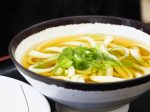
-
現代文化のルーツを探る⑳ うどん
2021/03/16 |
皆さんうどんはお好きですか? 日本ではうどんが好きな人と、そばが好きな人にわかれます。僕はどちらも...
-
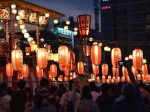
-
夏の風物詩【盆踊り】 日本文化のルーツ
2021/08/06 |
夏真っ盛り。 猛暑日が続き、コロナ禍の影響で始終マスクをつけ、夏を楽しむというより苦しんでいると言...
-
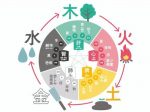
-
現代文化のルーツを探る㉙ 土用
2021/04/20 |
皆さん、今日は「土用」なので「い」のつくものを食べるといいですよ。 「土用って夏じゃないの...
-

-
月に願いを 十五夜のルーツ
2022/09/09 |
朝晩涼しくなってきましたね。夜明けに聞こえる虫の鳴き声も、セミからコオロギやマツムシに代わってきてい...
- PREV
- 現代文化のルーツを探る⑮ 花見
- NEXT
- 現代文化のルーツを探る⑰ 味噌汁
